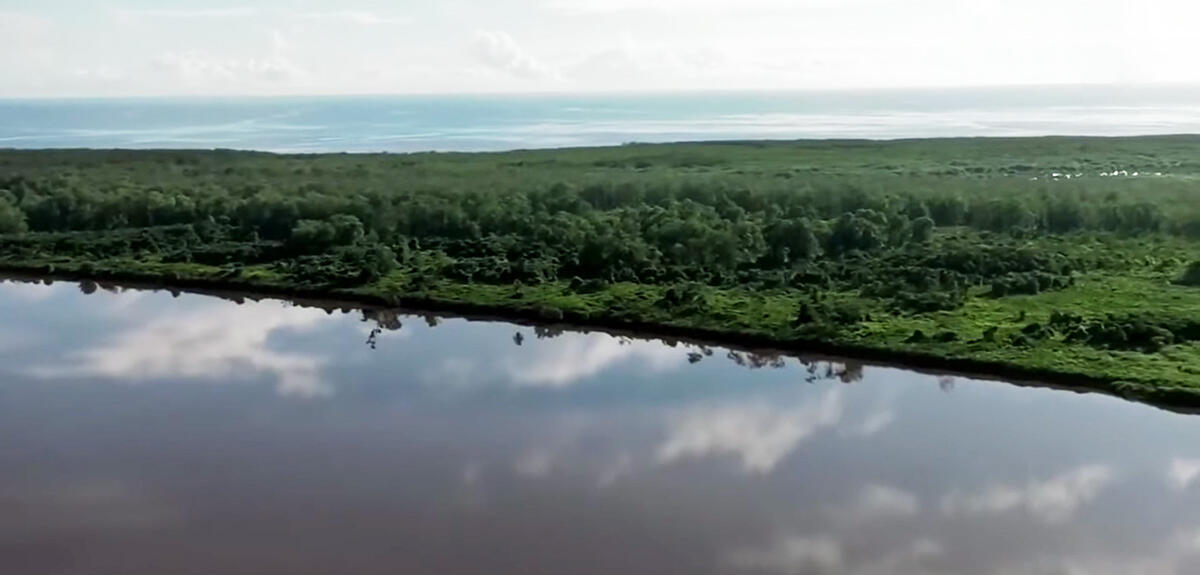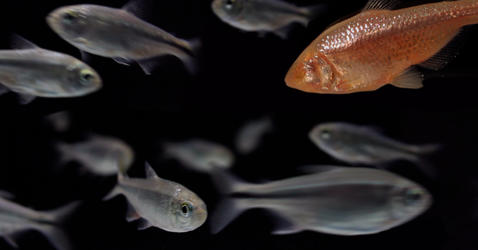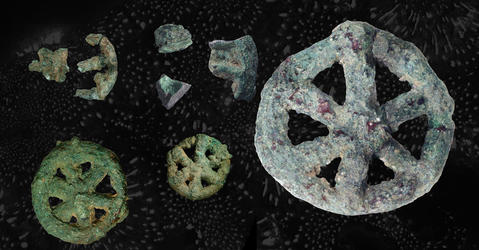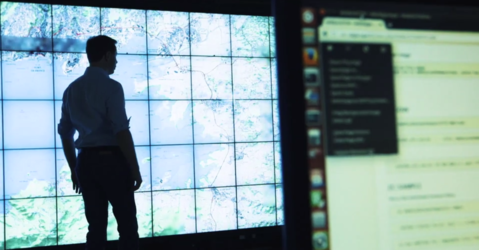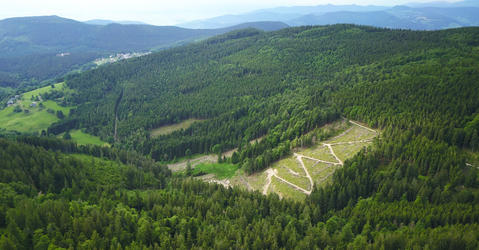You are here
Videos
Each year, some 40 billion tonnes of CO₂, one of the main greenhouse gases, are released into the atmosphere. A significant proportion of these is captured by the oceans, vegetation and the soil. The CNRS scientists are trying to better understand these natural carbon sinks, predict their evolution and also increase their storage capacity, or even envisage artificial sinks.
Recent Videos
Over the years, they have not only lost their gray color, but also their eyes. A subpopulation of Mexican cave-dwelling fish has seen its morphology profoundly changed over generations. A team of...
Discovered in Pakistan in 1985, the Mehrgarh wheel amulet, 6000 years old, has long remained an enigma. Using new analytical techniques, a team of researchers has managed to unravel the secrets of...
The "abbey of the angels" (abbaye Notre-Dame-des-Anges), built in the sixteenth century on the coast of western France, contains within its walls an...
Following the race towards miniaturization that has brought us the smaller touch sensitive screens we use every day, scientists are now trying to see a bigger picture. Thanks to increasingly...
All life on Earth exists on a thin layer that surrounds the planet. To better understand this so-called "critical zone," researchers are setting up state-of-the-art instruments and creating open-...
In the Greek cities of antiquity, a lottery system was devised to select citizens for public duty. For the first time, researchers were able to build a stone replica of a kleroterion, the amazing...


